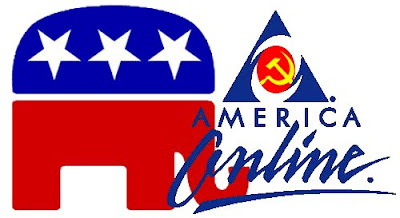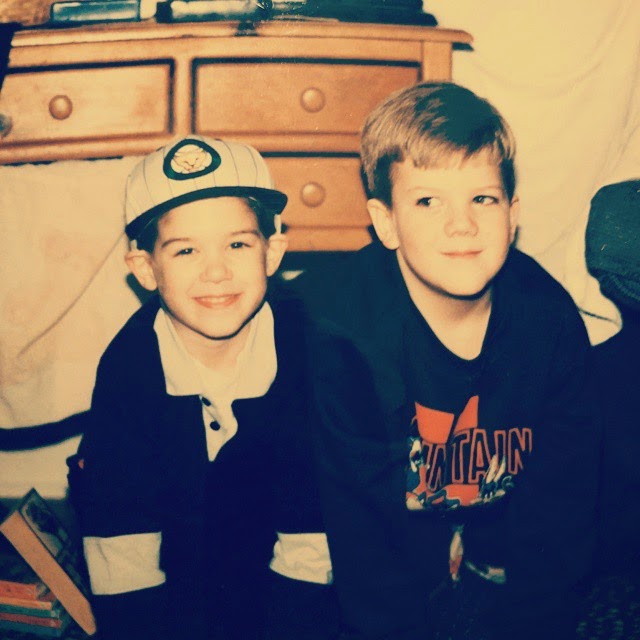When Charles Guiteau pulled a .44 on President Garfield, he was targeting one of the great minds of the nation. Garfield was a Republican in the tradition of Lincoln and was serious about granting blacks civil rights during Reconstruction. He was even smart enough to oppose the fiat currency Secretary of the Treasury Salmon Chase had peddled on the nation during the Civil War. It’s truly a shame Garfield’s doctors weren’t smart enough to sterilize their hands before they went digging around in his back for Guiteau’s bullet.
That having been said, Garfield’s thoughts on history are intriguing. If history is a why meeting a how, then, according to Garfield, that union has both a where and a when.
 |
| Disgruntled office-seeker and crazy person Charles Guiteau (left) put a bullet through the lung of ambidextrous polyglot President James A. Garfield (right). |
When and where consistently converge in discrete events. E.g., President Garfield was shot in Washington, D.C. on 2 July 1881. But discrete events are merely the pegs on which we hang our understanding of the past. Do the how and why emerge directly from the where and when? Specifically, how do place and time affect an individual like Guiteau?
Individuals are the most beguiling variables of history, but are they merely pawns of place and time? If I can answer where and when someone is, can I determine what he or she is going to do?
Which place and time made Guiteau shoot Garfield? Was it growing up in Freeport, Illinois during the 1840s and 50s? Was it spending his younger days getting rejected by a utopian religious cult in New York? Was it spending the 1870s writing a speech for Grant and being repeatedly rejected for cabinet positions for which he had no qualifications? You might think the cult is what did it, but the assassin is often described as a disgruntled office-seeker. And does mere rejection really necessitate his shooting Garfield?
Okay, I’ve probably asked a few too many questions, but I hope you’re tracking with me. I’d like to think place and time aren’t the sole determining factors for an individual’s path. I know Morpheus would be upset with me as I cling to free will — “What happened happened and couldn’t have happened any other way.” —but Laurence Fishburne isn’t Emperor of the Universe, even if I’d like him to be sometimes.
 |
This is the captain of the Nebuchadnezzar and Neo’s Obi-Wan, not the Emperor of the Universe.
|
Like the Oracle’s kitchen lintel plaque says: TEMET NOSCE. Know thyself. I’m going to make this piece a bit more personal than “History is for Lovers.” After all, it is my blog. Don’t worry: I’m not going to turn this into my diary.
I’m going to give three instances of place and time being the how and why behind one of my choices. Then, I’m going to go on the flip side and give three instances of place and time clearly pushing me in a direction I consciously turned from. Calm down: I’m doing it with pictures.
Now for ways in which place and time pushed me one way and I went t’other. Again, pictures.
 |
| Middle school Nathan’s parents were, and are, straight-ticket Republicans. He, however, developed a strange fascination with communism, even using the AOL screen name “SovietSting.” |
 |
Nathan’s Texan mother pushed high school freshman Nathan into attending football summer camp. Instead of showing up to doubles, Nathan stayed home and played his Nintendo Gamecube.
|
The careful reader not distracted by these poorly Photoshopped pictures will notice that even in these contrary examples, I still reference specific places and times. These places and times did have a bearing on my choices, of course. But did they determine my choices? I’m leaning toward no.
We cannot escape where and when. We occupy space-time. But given the inputs of where and when, I believe we have a little wiggle room in choosing our own how and why. If only I could have chosen for Charles Guiteau to have been anywhere else besides Washington, D.C. on 2 July 1881. Then, I’m confident, we would all celebrate the Garfield presidency and see his bearded visage hewn into Mt. Rushmore. Would that it were. Would that it were….
 |
| President James A. Garfield takes his rightful place in the presidential hall of fame. |





No comments:
Post a Comment